Stomach issues are bound to happen during exercise. They could be due to a number of different reasons, such as your food intake or electrolyte imbalance, and can result in nausea, heartburn, or gastrointestinal bleeding. Runners, especially endurance athletes, are particularly at risk to these negative effects which is why a plan is needed for dealing with the gastrointestinal stress of exercise. If left untreated, an unhealthy gut can impair recovery, cause inflammation, throw immunity out of balance, or decrease energy levels.
Read on to learn the types and causes of these gut issues and how to beat them!
Types of gut issues
Gut symptoms vary greatly between athletes depending on sex, age, training status of the athlete, mode and intensity of exercise, and environmental condition.

There are different GI symptoms that occur during exercise, which can be generally classified as eitherupper or lower GI tract symptoms. Upper GI pains include reflux/heartburn, bloating, stomach cramps, vomiting, or nausea while lower GI pains include lower abdominal cramps, stitches, diarrhea, flatulence, or intestinal bleeding. Lower GI tract issues are more severe in nature, but all symptoms have the potential to impair performance.
Causes of gut issues
The underlying cause of gastrointestinal (GI) pains can be a complex issue, but there arethree general causes of gut pains:physiological, mechanical, or nutritional.

Aphysiological cause refers to reduced blood flow to the gut. During exercise, blood flow to the gut is restricted to prioritize blood flow to the brain, heart, and skeletal muscles. Decreased blood flow may result in changes in nutrient absorption, motility, and structure of the GI tract, all resulting in gut pains.
Themechanical causes of GI problems are related to either impact or posture. The repetitive bouncing movement while running, for example, can cause damage to the intestinal lining or contribute to lower GI symptoms. Specifically, the cells of the intestine become injured and the gut becomes more leaky, allowing harmful proteins and toxins into the bloodstream and affecting the entire body. Additionally, gasping for air and drinking from water bottles can result in mild to moderate stomach distress.
It is not a surprise thatnutrition strongly influences gut health. Fiber, fat, dairy, protein, and fructose have all been associated with a greater risk of developing GI pains when consumed before or during exercise. Dehydration and electrolyte imbalances also contribute to gut pains.
How to avoid GI distress
Thankfully, there are several ways to avoid gut pains!
First,limit your coffee intake. Excessive coffee intake can damage the gut in two ways: the acidity can irritate the gut lining or the release of stress hormones can deplete energy reserves. Readthis article to learn more about the effects of caffeine on endurance sports!
You can alsoavoid milk products, high-fiber foods, high-fructose foods, and high-fat foods in the 24 hours before competition and during exercise to minimize GI distress. These foods are often not as easily digested by the body, contributing to stomach pains and accelerated fluid loss. Clickhere to learn more on how to fuel before an ultra.
Another way to avoid GI distress is tobalance your electrolyte levels and avoid dehydration. Neglecting to replaceelectrolytes lost through sweat often leads to stomach cramping while dehydration worsens GI distress.
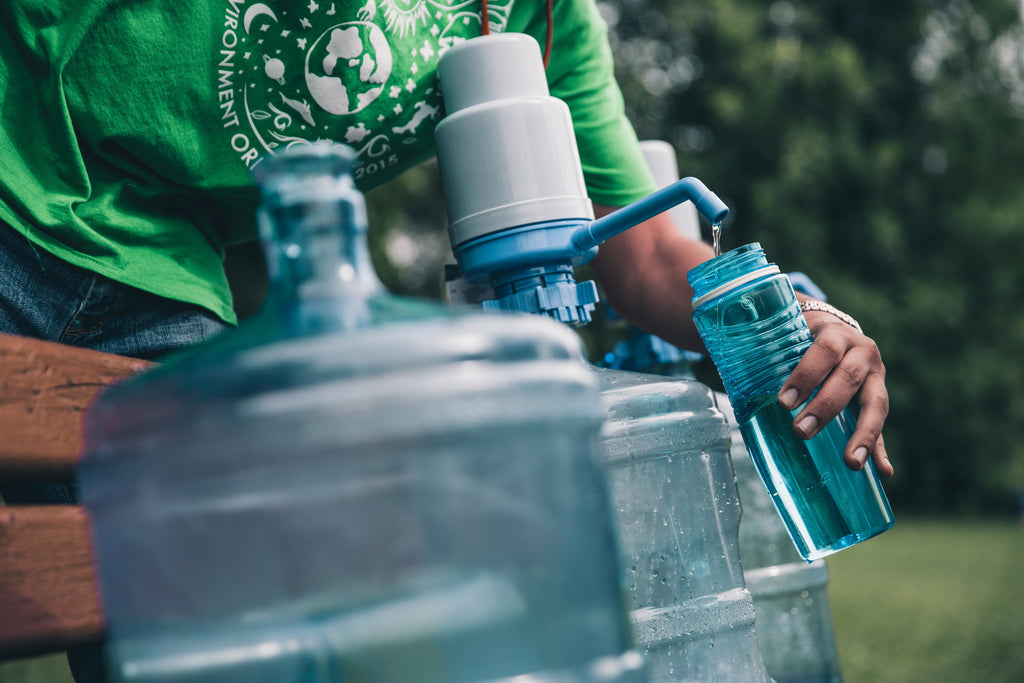
Lastly, it is possible to train the gut. Eating during long runs can help your body get used to fueling on the go. Practice nutrition strategies by experimenting with your pre-race and race-day nutrition plan frequently prior to race day. Choose foods that maximize your uptake ofcarbohydrates during activity, such as gels orenergy bars. Through trial and error, you will learn what foods best agree with you which will reduce the chances of GI stress.
How to soothe GI distress
Unfortunately, gut issues are sometimes unavoidable. In these cases, there are actions you can take to alleviate the pain.
Try Tums butavoid aspirin and non-steroidal anti-inflammatory drugs (NSAIDs) such as ibuprofen. Popping a Tums during a run helps neutralize stomach acid, preventing acid reflux or vomiting. However, both aspirin and NSAIDs increase intestinal permeability which increases the incidence of GI issues.
Ginger chews or drinks can help ease nausea and settle the stomach. Ginger has natural anti-inflammatory properties, which helps reduce symptoms of stomach acidity and calms the pain.
Supplement with L-glutamine. L-glutamine is an amino acid that supports the development of the intestinal lining since it is the primary fuel used by the cells in your gut lining. Supplementation can be beneficial for those with a leaky gut.
In conclusion...
Gut problems are extremely common among endurance athletes. In fact, they are perhaps the most common cause ofunderperformance during endurance events. While the severity of symptoms vary, they can all have negative effects on performance and recovery. Thankfully, there are ways to avoid and alleviate gut pains. However, if you are constantly experiencing GI distress during exercise, consider talking to a physician to figure out what is causing the issue and to develop specific management strategies.

If you discovered Näak Ultra Energy Bars in this article and would like to try them, don't hesitate any longer, find all our flavorshere!


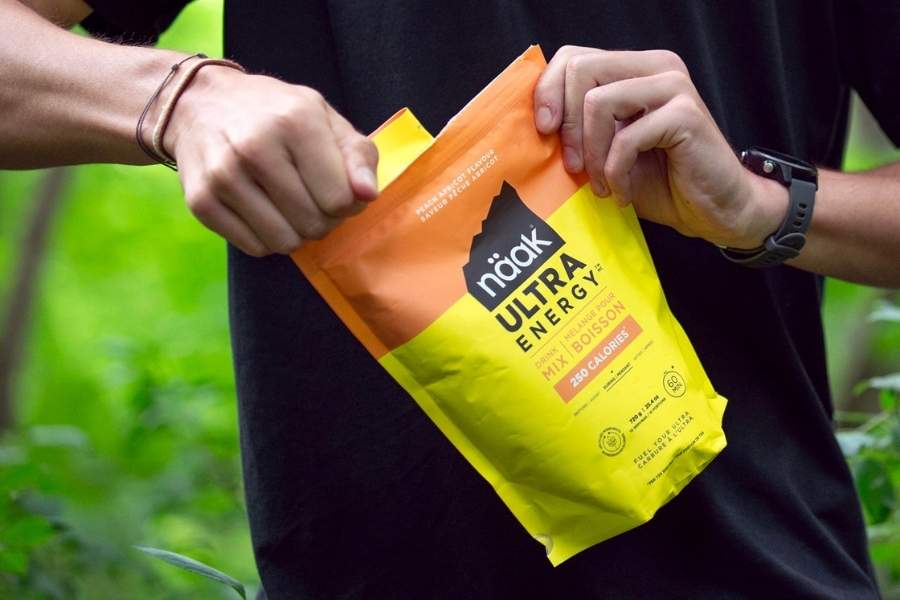




















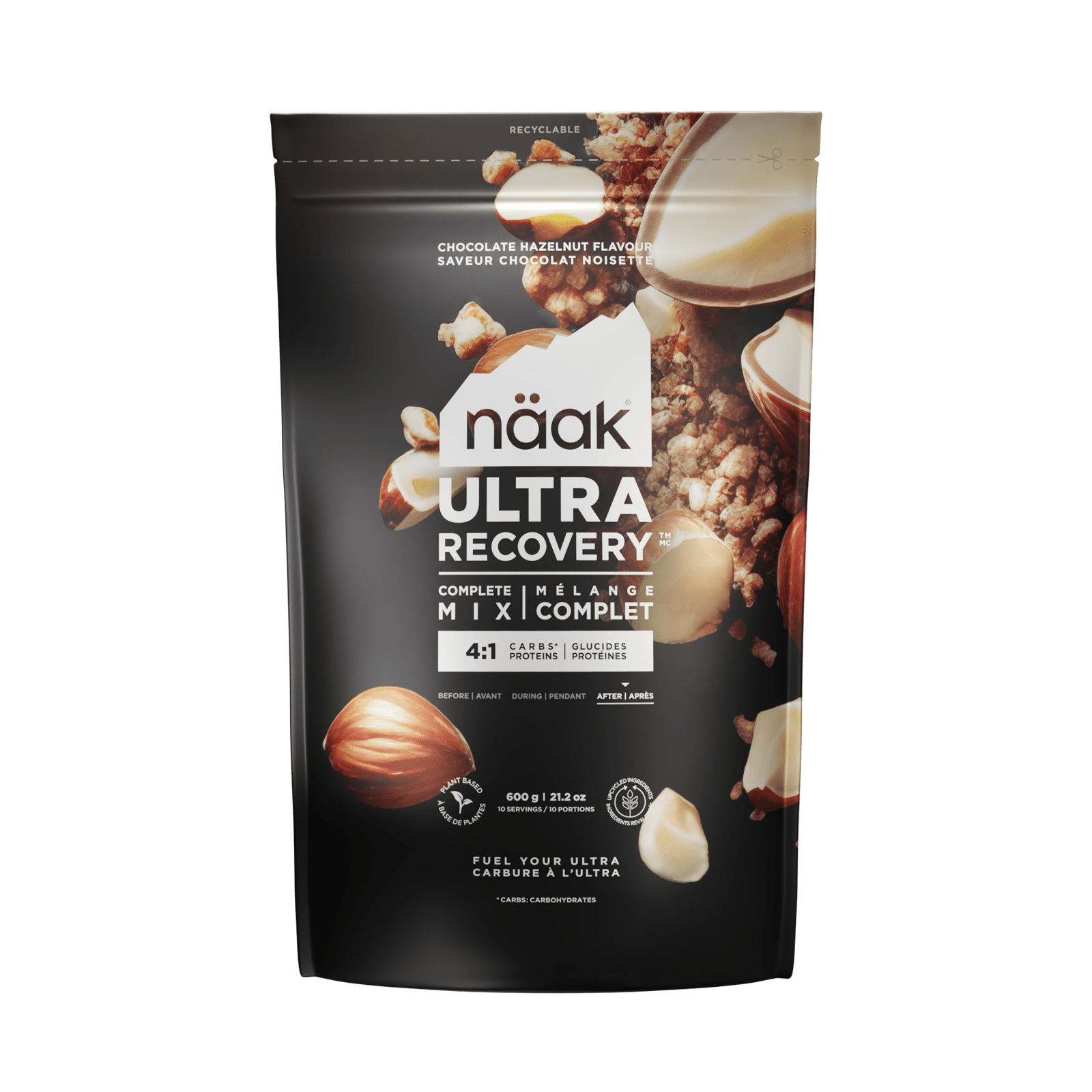
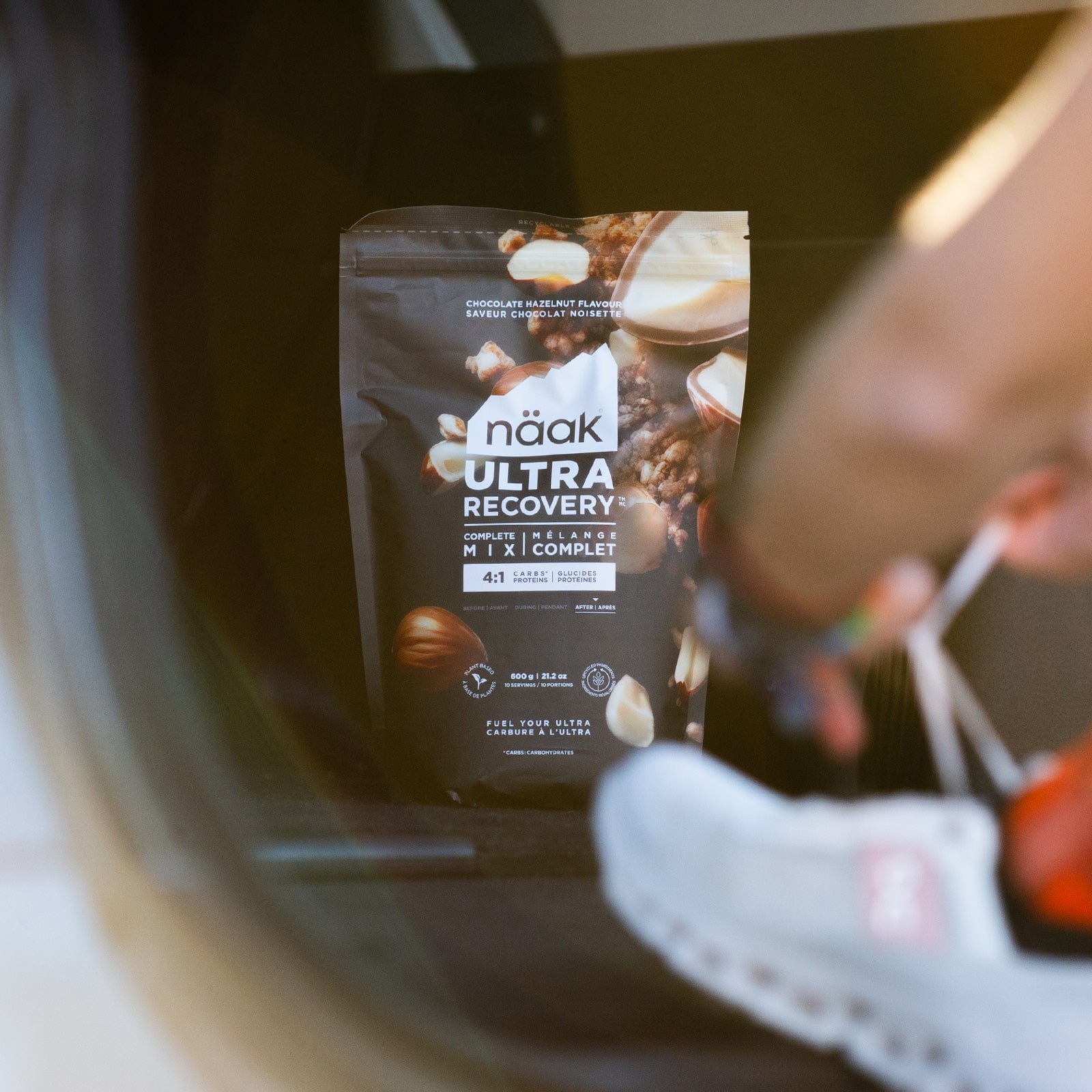
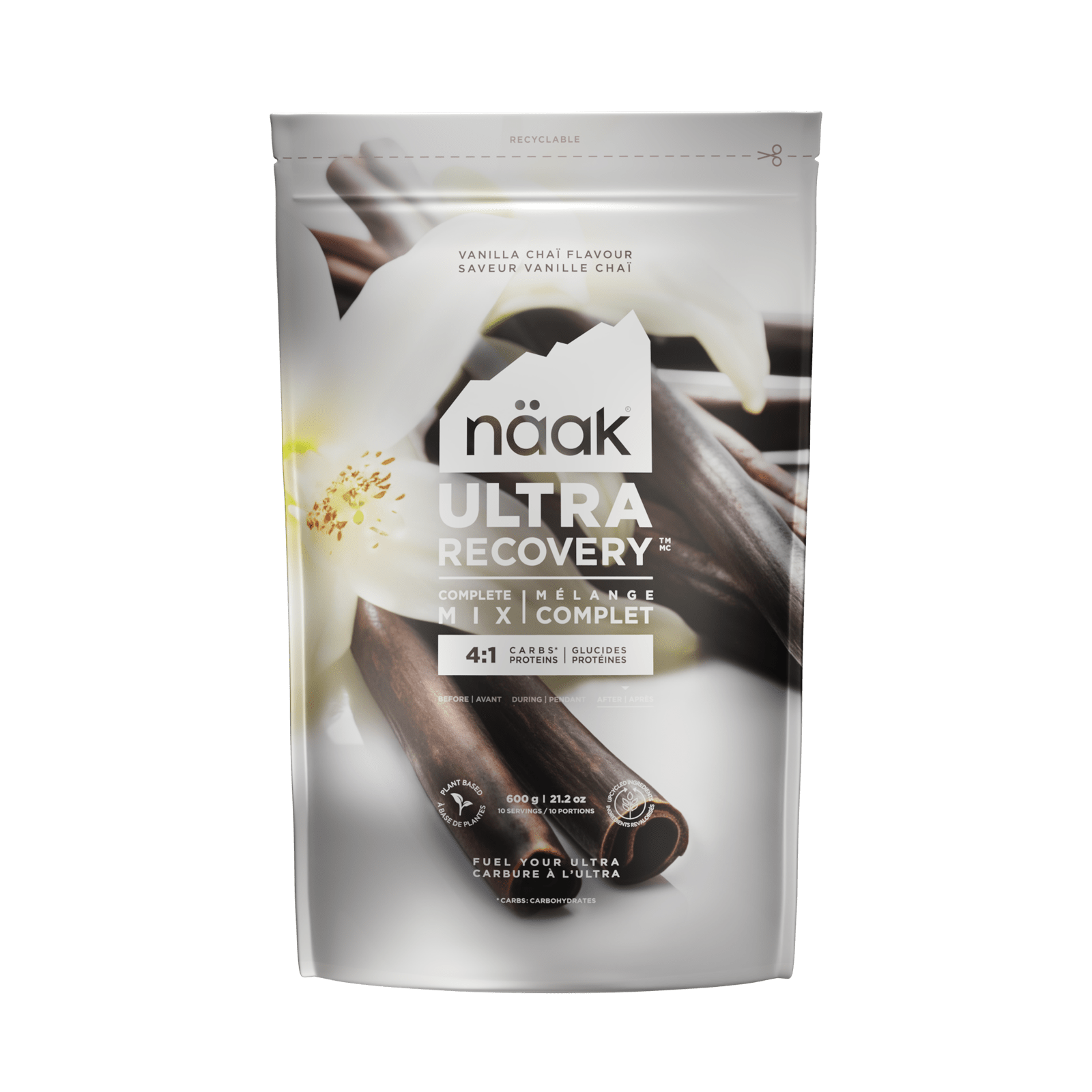
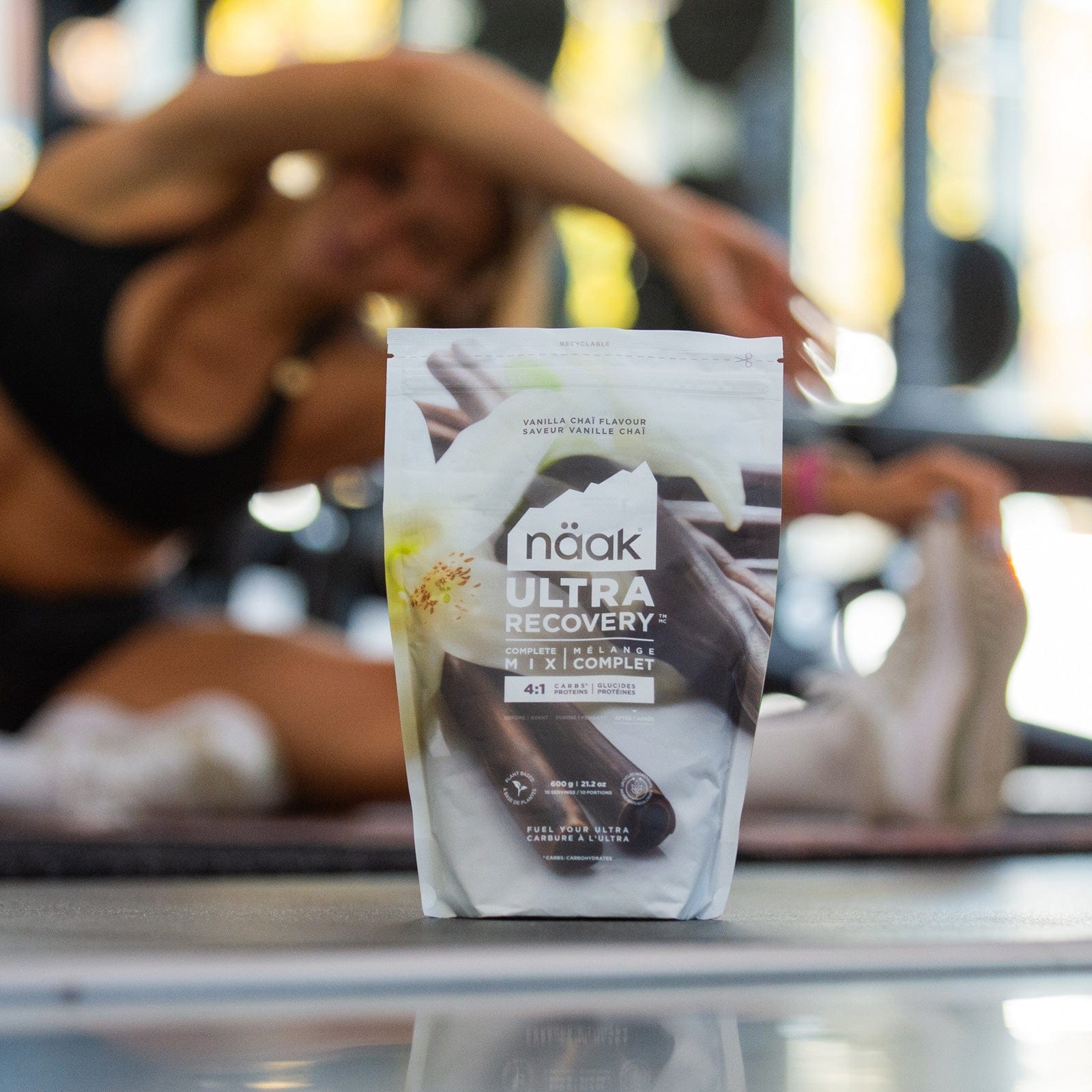


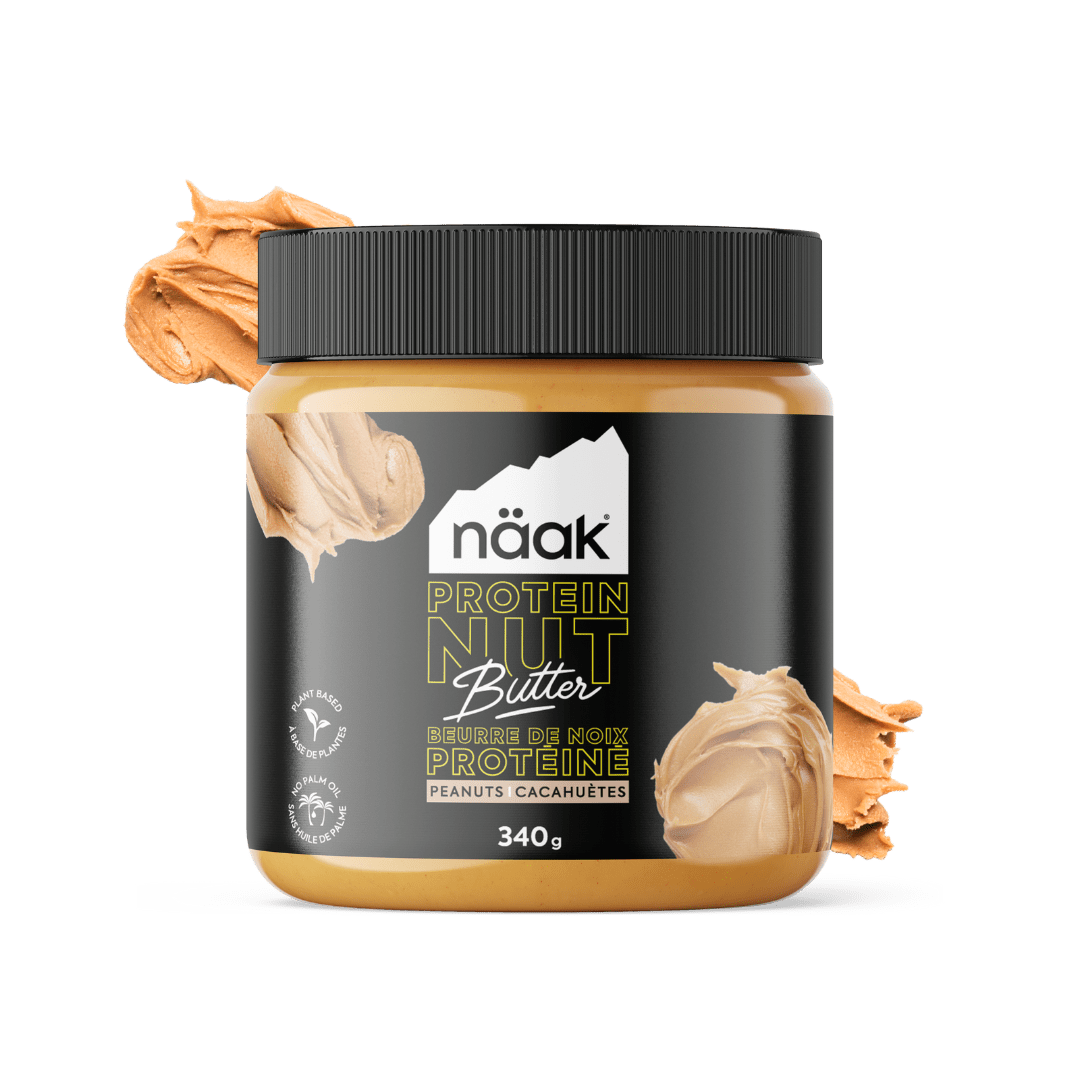
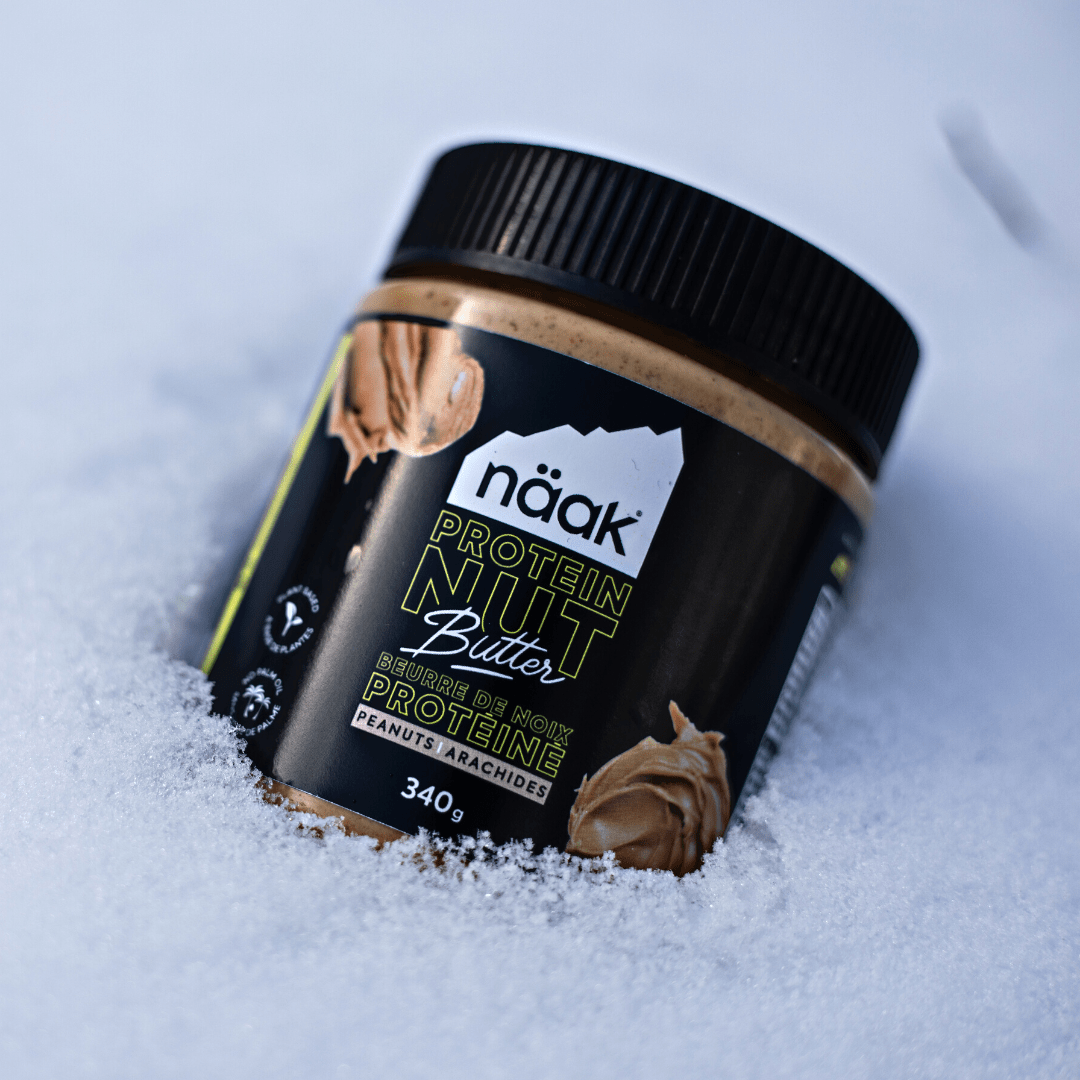
Leave a comment (all fields required)